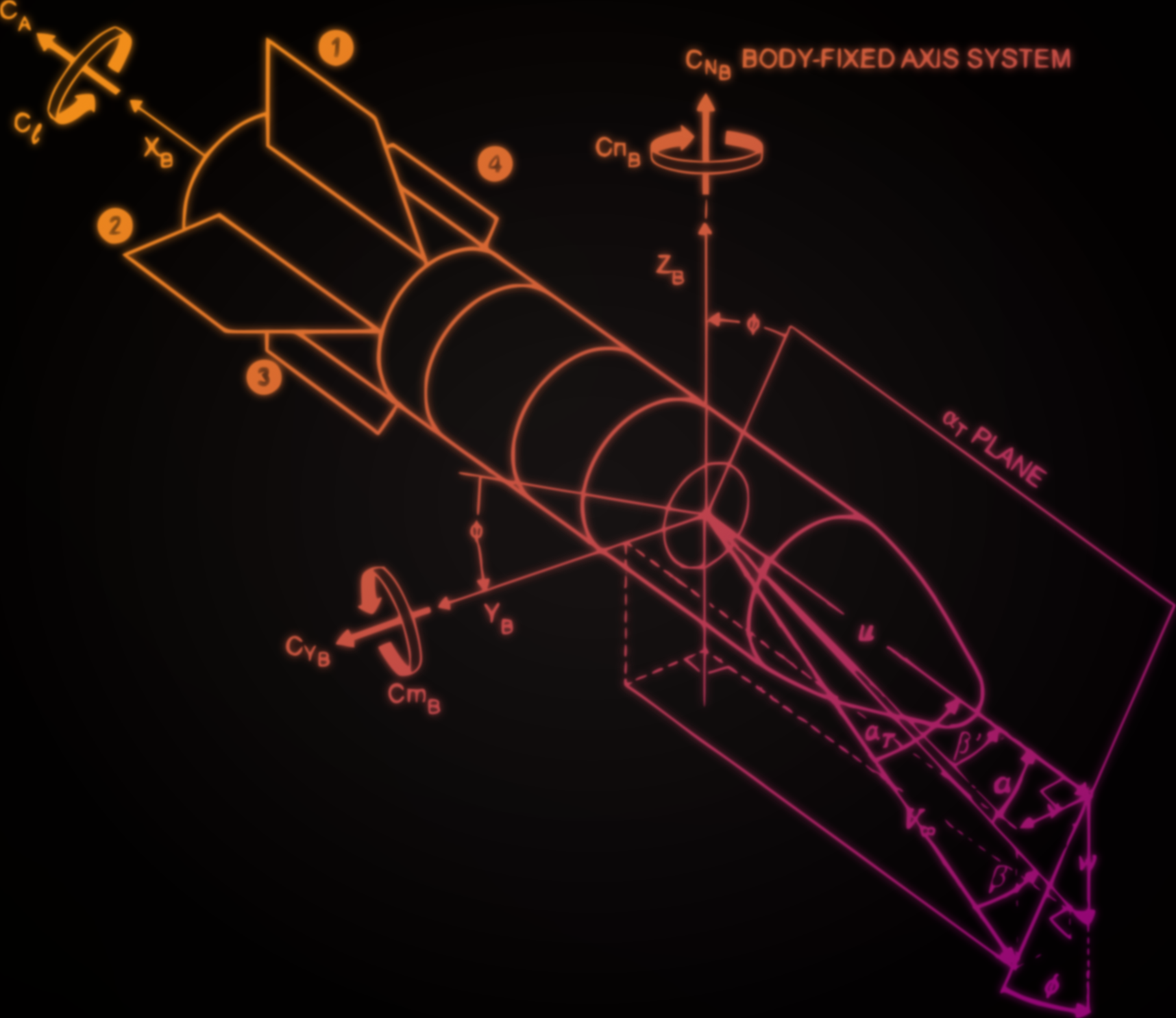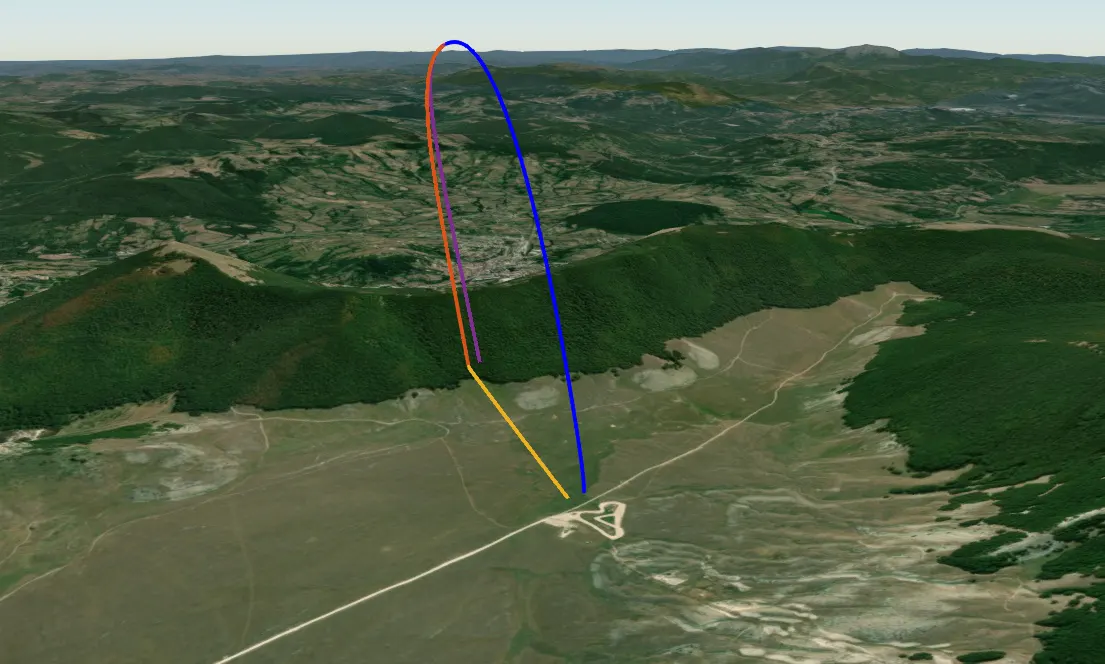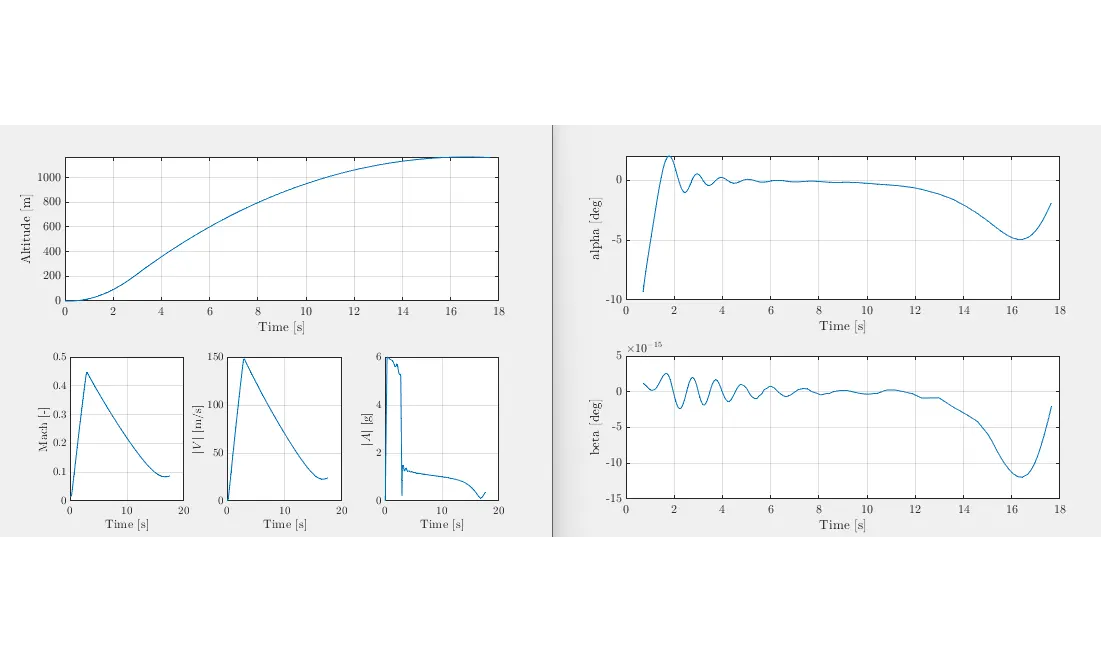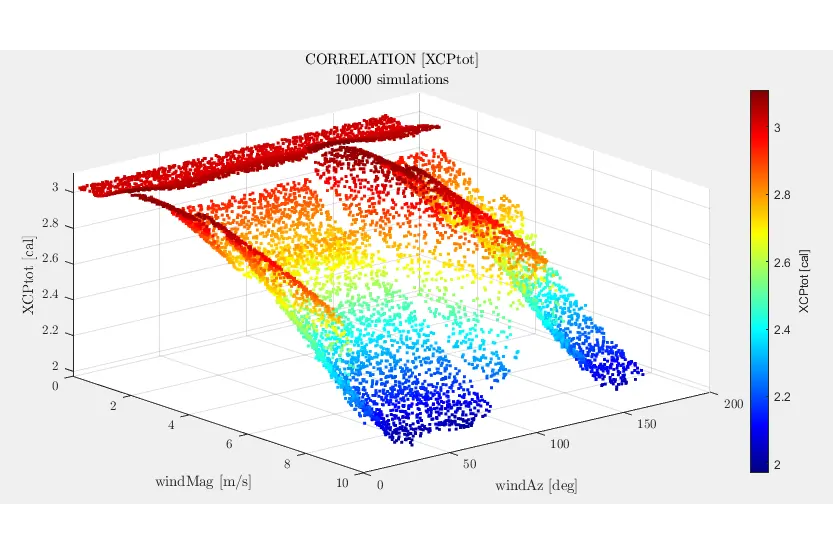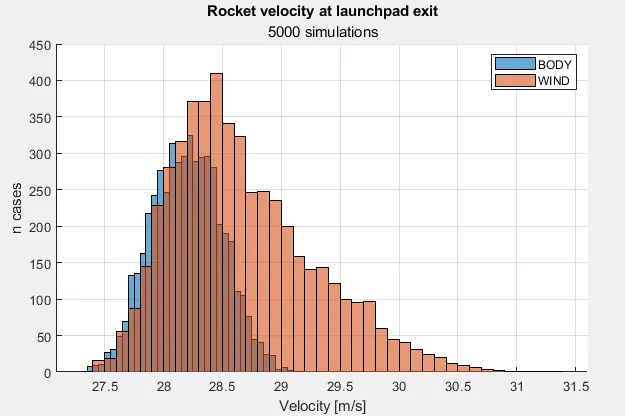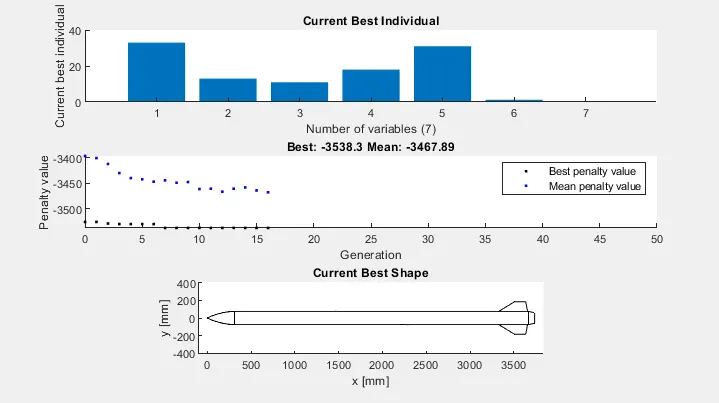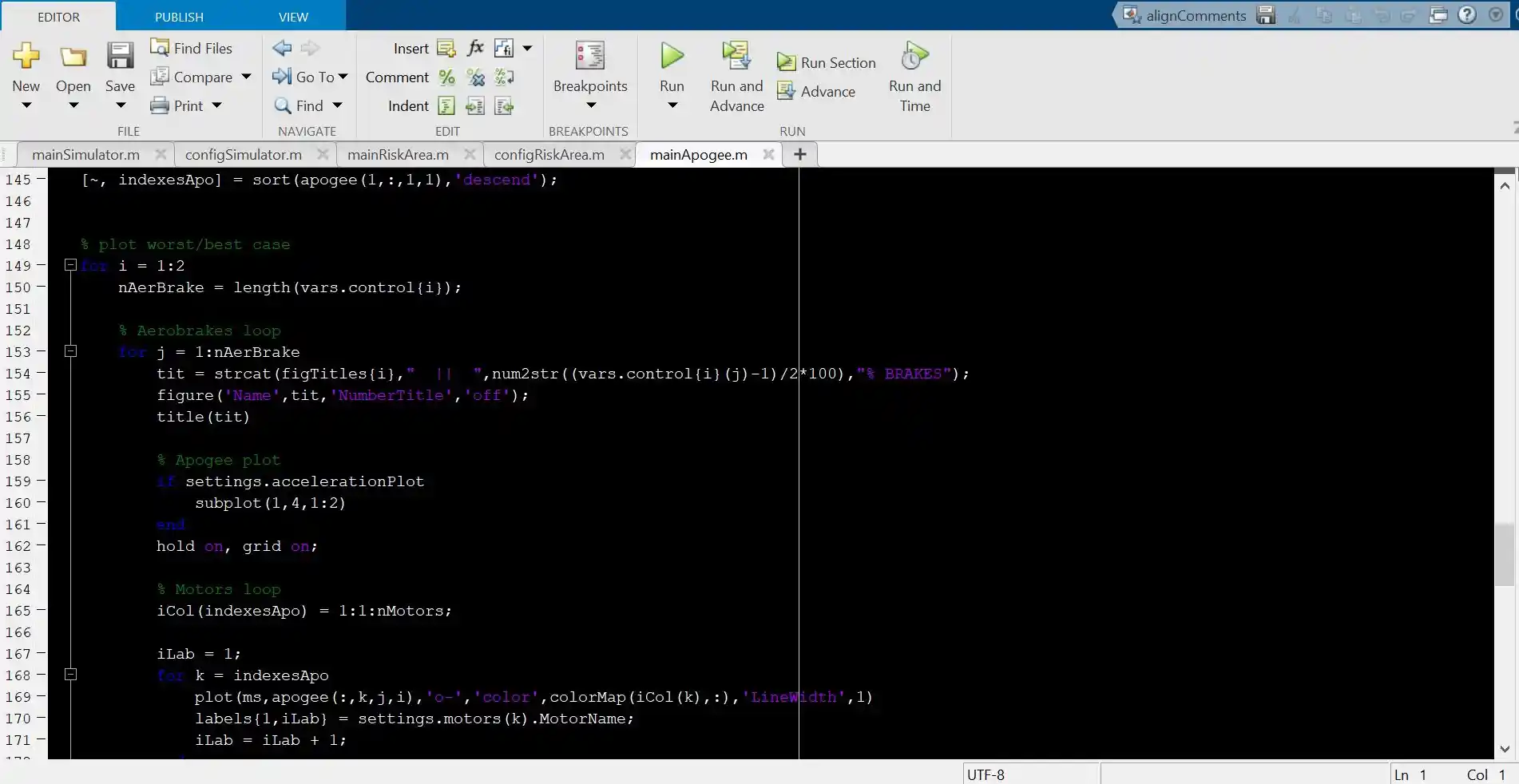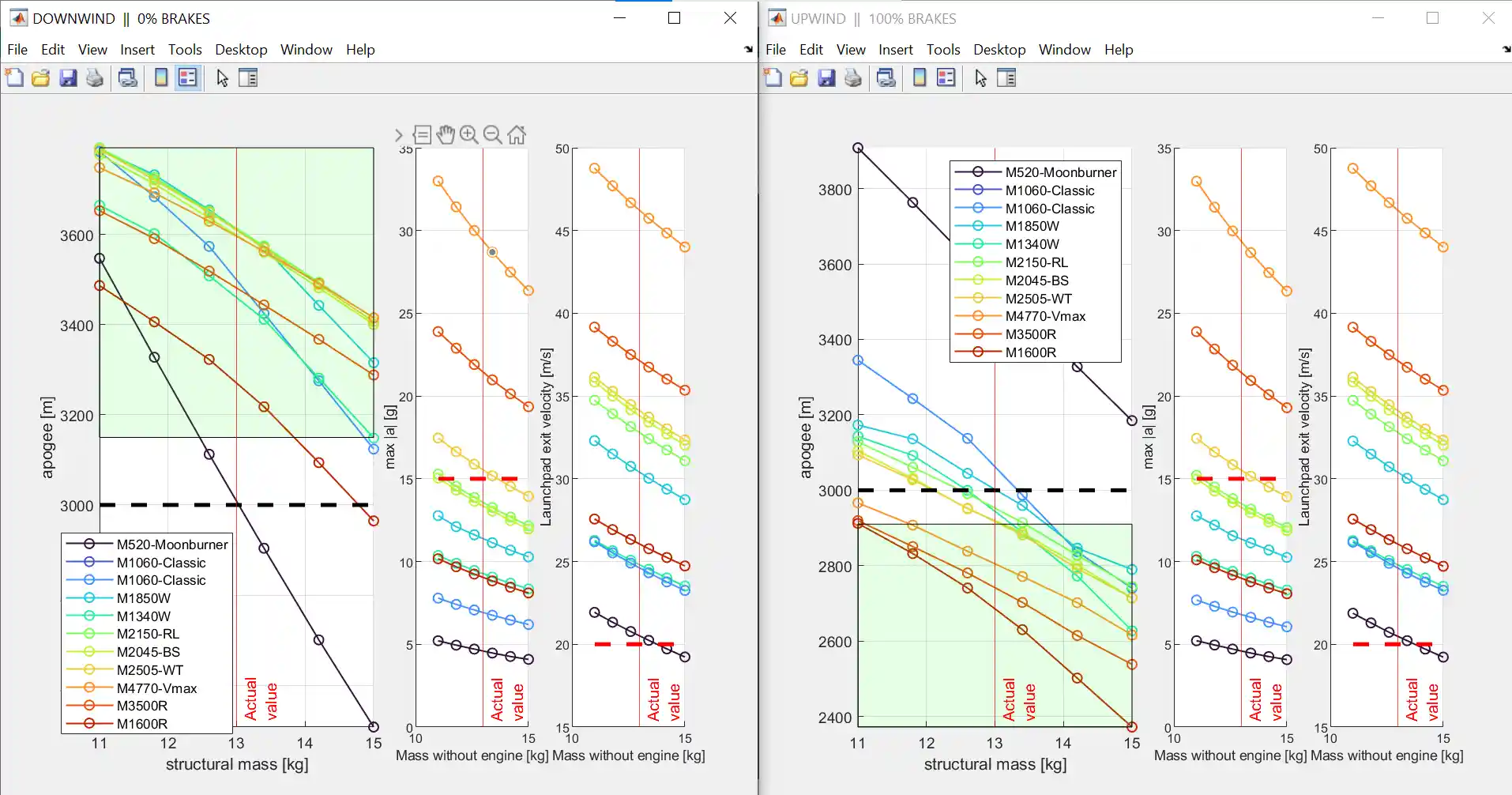Internally Developed Tools
Our team maintains and updates "MSA-Toolkit," a GitLab repository containing all our code. We continuously work to improve our simulators' accuracy and accessibility. Since we develop all code from scratch, team members need strong MATLAB skills. We provide several MATLAB workshops throughout the year to support this requirement.
